Today is Transgender Day of Remembrance
This is a story of compassion, courage, and a community unwilling to let a life be forgotten.
📌 NOTE FOR NEW READERS: The 50501 Movement organizes peaceful action across all 50 states to defend democracy. 80,000+ subscribers strong and growing. If this resonates with you, hit subscribe and join us.
Content Note:
This post discusses anti-trans violence, suicide, state policies, and harm. Please care for yourself as you read.
TL;DR:
On December 4, 1998, about 250 people gathered in Boston to honor Rita Hester, a Black trans woman whose murder was misreported, misgendered, and nearly erased and that candlelight vigil became the spark for what we now observe as Transgender Day of Remembrance. Twenty-six years later, the violence continues: at least 58 trans people have died this year, including 27 who were murdered and 21 who died by suicide. 61% of them between the ages of 15 and 24. At the same time, Trump’s administration has spent the past ten months stripping trans people out of federal recognition, healthcare, data, and basic protections.
If You’re New to TDoR:
Transgender Day of Remembrance (TDoR) began with community.
It exists because Rita’s death was misreported, misgendered, and nearly erased.
You’re welcome here whether this is your first TDoR or your twentieth.
December 4, 1998
Picture Boston on a Friday evening in early December, the cold settling in by late afternoon, bringing darkness that arrives before people have left work. In Allston, the neighborhood where she lived, hundreds of people stepped into the street carrying candles. They were there to remember a woman many of them had never met, but whose circumstances were painfully familiar to the community.
Her name was Rita Hester.
Six days earlier, on November 28, just two days before her 35th birthday, Rita was found in her apartment stabbed more than twenty times.
The phone had been torn from the wall. Blood covered the underneath of a mattress as if someone was trying to conceal it. Police found the doors locked, suggesting she likely knew the person who killed her.
And then the second violence began.
The Boston papers misgendered her. Some coverage called her a “cross-dresser.” Reporters got her name wrong. They wrote about her without writing for her while turning her life into a spectacle instead of a loss.
Her identity, her womanhood, her humanity were pushed aside in the city she called home.
But her community pushed back.
On December 4, 1998, about 250 people showed up to honor her. Trans people, queer people, neighbors, activists, friends, and strangers.
They gathered with candles, spoke her name correctly, walked the streets she had walked, and insisted that Rita would not be erased.
That vigil, the simple act of people saying “We will not forget” became the spark for what the world now knows as Transgender Day of Remembrance.
They held candles.
Said her name correctly.
Honored who she was.
And fought back against her being erased.
When a Community Came Together and Changed History
In the days after Rita’s death, Gwendolyn Ann Smith, one of the organizers of the December 4 vigil, noticed something unsettling.
Among her friends and fellow activists, almost no one remembered Chanelle Pickett, a Black trans woman murdered just three years earlier in the same region.
The loss had already slipped from public memory.
History was repeating itself.
And the world was moving on quickly.
So Smith built something with her community.
From that realization and from the grief and anger that brought 250 people into the streets of Allston came the first foundation of what would become Transgender Day of Remembrance.
The inaugural TDoR was held in 1999, organized to honor Rita Hester and other trans people whose deaths were ignored, misreported, or forgotten. It began as a community act of resistance and remembrance and a refusal to let violence decide whose stories lived on.
More than twenty-five years later, that small gathering in Boston has grown into a global observance.
Today, over 120 cities hold TDoR events.
Every November 20, people around the world gather to read names, hold candles, and make a simple but powerful declaration:
We bear witness.
And we will always remember.
Rita Hester’s murder has never been solved.
Her mother, Kathleen, died in 2020 at the age of 81, having spent more than two decades without answers. She never learned who took her daughter’s life, and the city never delivered justice.
But the community refused to let Rita be forgotten.
Because 250 people showed up on a cold night in 1998, her name did not fade.
Her identity was honored.
Her story was told and retold.
And her life, denied dignity in the press, became part of the catalyst for a global day of remembrance.
Rita mattered.
And people made sure the world knew it.
Violence and Loss in 2025: 58 More Families Grieving
According to Advocates for Trans Equality’s 2025 Remembrance Report, 58 transgender people have died in the past year.
Of them, 27 were killed in acts of violence (63% of those killed were Black trans women), 21 died by suicide, and 8 died from other documented causes.
Among those lost to suicide, the majority, 61 percent, were between the ages of 15 and 24.
The violence extends far beyond the United States.
Around the world, at least 281 trans people were murdered between October 2024 and September 2025.
These are not statistics pulled from a distant past.
They are from just this year, 2025.
If You Can’t Attend a Vigil Today
Showing up does not always require being in a crowd.
It simply requires intention.
You can:
Every act, no matter how small, pushes back against erasure.
Bahari Thomas of Advocates for Trans Equality reminded us that every name represents a full life: artists, students, parents, friends, professionals- people with futures.
But even these numbers can’t capture the full truth.
They do not include the individuals whose deaths were misreported, misgendered, or never acknowledged at all, people lost in silence because systems failed to recognize who they were.
What This Administration Did in a Short Amount of Time
On January 20, 2025, his first day back in office, Trump signed Executive Order 14168.
The title alone signals its intent:
“Defending Women from Gender Ideology Extremism and Restoring Biological Truth to the Federal Government.”
On paper, it reads like a bureaucratic adjustment.
A technical redefinition.
A policy shift.
In reality, it marks the most sweeping rollback of transgender rights in modern federal history.
And it has taken place in just ten months.
1. Passports & ID Documents: Frozen, Denied, or Revoked
Within days of returning to office, the Trump administration reversed multiple Biden-era protections for transgender Americans including passport policies.
The “X” gender marker introduced in 2022 was eliminated.
Requests to update gender markers were returned with instructions to “correct” them back to birth sex.
Some applicants reported their passports were seized and never reissued.
As challenges moved through the courts, the Supreme Court allowed the administration to continue enforcing these rules while litigation proceeds.
For trans people, the implications are immediate.
If your ID outs you at every airport, shelter, job interview, or police encounter, privacy becomes impossible and safety becomes uncertain.
2. Military Service: Banned Again, With Punishing Codes
A second order, Executive Order 14183, reshaped military policy.
It banned most trans people from enlisting.
It began discharging those already serving.
It cut off gender-affirming medical care in the military health system.
It required service members to use facilities tied to birth sex, regardless of lived identity or safety.
And it introduced discharge codes that can shadow someone for life, appearing in background checks, job applications, and veteran services.
The irony: Trans people have historically served at higher rates than their cisgender peers. Now, the very act of service is being treated as grounds for exclusion.
3. Youth Healthcare: “Exploratory Therapy” = Conversion Therapy, Rebranded
A third order, Executive Order 14187, targeted the medical systems that care for trans youth.
The message to hospitals: Continue providing gender-affirming care, and you could lose federal funding.
Gender clinics began to quietly shut down, even in states that protect this care.
Doctors were instructed to pause new treatments until they could determine what was still legally permitted.
Insurance companies, suddenly uncertain, started denying or delaying coverage.
Then HHS released its own “gender dysphoria” report, a document that misrepresented existing research and promoted “exploratory therapy,” a practice widely criticized by medical associations as conversion therapy under a new name.
Medicine is supposed to be evidence-based.
4. The 988 LGBTQ+ Youth Line: Shut Down
Another shift came quietly, but its impact was profound.
The dedicated “Press 3” option on the national suicide hotline, a line that had served over 1.3 million LGBTQ youth, was shut down when the administration cut its funding.
Now, young trans callers are routed to the general crisis line, often reaching counselors with no specialized training in LGBTQ issues.
This year, 61 percent of transgender people who died by suicide were between the ages of 15 and 24.
In that context, removing a targeted lifeline is not an accident.
It’s a dangerous policy choice.
5. Prisons: Transfers, Lost Medication, Solitary
New federal guidance reshaped the prison system with devastating clarity.
Trans women began being transferred into men’s prisons, regardless of their safety or medical needs.
Male guards were authorized to conduct pat-down searches on trans women, a practice condemned by advocates and medical professionals alike.
Those who reported threats were placed in solitary confinement, labeled as “protective custody,” even though the isolation itself is known to cause psychological harm.
Federal court filings now describe some trans women as being at “imminent risk” of assault.
For many, a prison sentence has been transformed into something far more dangerous, a sentence that can, in practice, become a death sentence.
6. Schools: Book Bans, Gag Orders, and Surveillance
The administration’s directives around “gender ideology” reshaped education as well.
In federal military-base schools, administrators removed hundreds of LGBTQ- and race-related books from shelves until a federal judge ordered them restored.
Teacher unions warn that educators now face legal and administrative risks for using a student’s correct name or pronouns.
Federal guidance discouraged any support for social transition, even when recommended by medical professionals.
When you erase the words, you erase the possibilities.
And when you remove language from schools, you remove the tools our youth need to understand themselves and each other.
7. Data Erasure: Scrubbing Trans People from Government
Executive Order 14168 went beyond policy.
It rewrote the federal record.
Agencies were instructed to delete:
LGBTQ health pages
Suicide-risk data
Trans-related terminology
Public health guidance
Federal surveys
Workforce protections
Research pages
Almost overnight, web pages went dark.
Guidance documents disappeared.
Datasets that once helped hospitals, schools, and researchers understand risk and allocate resources were suddenly inaccessible.
Some of these pages were restored only after lawsuits forced agencies to comply with past transparency requirements.
This was not a technical mistake or a bureaucratic oversight.
Erasure is a strategy.
8. Housing: Safety Removed
The administration’s guidance on “biological sex” didn’t stop at documents or healthcare, it reached the nation’s shelters as well.
Across the country, housing programs received a clear, if unspoken, message:
“Follow birth sex or risk losing your funding.”
The consequences were immediate.
Providers who had followed inclusive, evidence-based practices for years suddenly found themselves afraid to uphold their own standards.
And more trans people were pushed into homelessness, forced to choose between danger inside or vulnerability outside.
Safety should never depend on conformity.
Yet under these policies, it does.
9. States Following the Federal Lead
Federal action rarely exists in isolation, it sets a tone.
And in 2025, that tone reshaped state legislatures across the country.
After the Supreme Court’s ruling in U.S. v. Skrmetti, which allowed Tennessee’s ban on youth gender-affirming care to stand, similar bans began taking effect nationwide.
More than twenty-five states now restrict or ban care for trans youth.
Statehouses introduced an unprecedented 1,000+ anti-LGBTQ bills this year alone, a volume never before seen in American legislative history.
By every major measure, 2025 has become the most hostile year on record for anti-trans legislation.
This is the predictable pattern of governance:
When the federal government signals open hostility, states follow suit often with even greater speed and severity.
The Pattern Is the Policy
When you step back, the design becomes impossible to miss.
Restrict ID.
Restrict healthcare.
Restrict safety.
Restrict information.
Restrict movement.
Restrict recognition.
Restrict survival.
Piece by piece, the federal government has constructed a framework that narrows a person’s ability to live freely, safely, or even visibly.
This is not about “truth,” or “safety,” or “protecting women.”
It is not about accuracy or biology.
This has become a deliberate strategy of erasure written directly into federal policy.
And that is why we have TDoR, today, on 11/20.
That is why millions show up, bear witness, and keep history from repeating itself.
History Warns Us: Violence Begins With Dehumanization
History rarely announces itself with new ideas.
More often, it repeats old ones in modern language.
Whenever a government singles out a vulnerable group, defines them, restricts them, isolates them, the same pattern reveals itself:
People learn they can harm that group and expect protection, not consequences.
Institutions start looking away from the violence and focusing instead on those who speak up.
The burden of danger settles on the people who were already least protected.
In every era, power tests itself on those with the least political capital such as immigrants, religious minorities, disabled people, queer people, women living outside the roles assigned to them.
Today, that test is being run on transgender Americans.
Trans people, especially Black trans women, were already among the most targeted groups in the country. Their risk did not begin in 2025. But this year, the federal government made clear that it would no longer name the violence, track it, or protect those facing it.
And when a government stops counting people, it signals to the public that those people do not need to be accounted for.
That is how violence grows, through permission.
This is why we need to stand up for our trans communities.
How to Help Today
Transgender Day of Remembrance is a commitment, one that we renew together, year after year.
Here are six ways to show up for our trans communities, whether you’re standing in a crowd of hundreds or honoring quietly at home:
1. Learn names.
Visit tdor.translivesmatter.info and read the names of those we lost this year.
Each one represents a life interrupted and a story that deserved more time.
Learning a name is the first act of rejecting erasure.
2. Find a vigil near you.
Search “Transgender Day of Remembrance” + your city to locate a gathering.
Bring a candle, a friend, or simply your presence.
Your physical presence lets the world know they are not forgotten.
3. Support trans people in your life.
This is where change begins.
Use correct names and pronouns, even when the person isn’t there to hear you.
Push back, gently but firmly, when you hear misinformation or cruelty.
Ask, “How can I support you right now?” and mean it.
Small acts of dignity from one person can counter enormous systems of harm.
4. Know the crisis resources.
If someone needs help today or any day, these are lifelines:
Trans Lifeline: 1-877-565-8860
The Trevor Project: 1-866-488-7386 or text START to 678-678
988 Suicide & Crisis Lifeline: call 988
Support is only meaningful if people can reach it.
5. Fund the fight.
If you have $5, you have power.
ACLU challenging federal orders in court
Transgender Law Center policy and legal advocacy
Advocates for Trans Equality research & public education
Lambda Legal civil rights litigation
Trans Lifeline community-run crisis support
Movements are powered by people, but sustained by resources.
6. Track the lawsuits.
Federal courtrooms are where much of this fight will be won or lost.
Multiple lawsuits have already secured temporary blocks on parts of the executive orders.
More are coming.
Knowing where cases stand helps you understand where pressure is needed and where victories are building.
Current Events and Actions:
The Removal Coalition is leading the push to remove the regime and while we aren’t hosting this event, we’re proud to support those who are. Help us spread the word by sharing this flyer far and wide. Let’s pack D.C. and make our voices impossible to ignore.
If you can’t make it to DC, help us get the word out to those who can by sharing!
This holiday season, we’re saying it loud and clear: We Ain’t Buying It.
For too long, corporations have profited while our communities face attacks on workers, families, and racial equity.
From Thanksgiving through Cyber Monday, we’re taking action with our wallets to demand accountability.
This is to help us build power, protect our communities, and show corporations that our values aren’t for sale.
Scan the QR or visit weaintbuyingit.com for more information.
Help us get the word out by sharing this everywhere.
Thank You
Thank you for taking a moment to sit with this story, and for choosing to understand what so many are living through right now. In moments like these when a government directs its power toward the most vulnerable, we rely on each other.
Many of you have stepped forward to participate in mass actions across all 50 states, showing up when the country needed bravery and courage. You have carried on the long American tradition of defending one another when institutions fall short. And every time you do, you demonstrate that the strength of this movement does not come from any one person, it comes from all of us choosing, again and again, to stand together.
We are stronger when we move together.
Thank you for being part of this community for your courage, your steadiness, and for the simple but profound act of showing up. It is the quiet, persistent work of people like you that bends the arc of history toward justice.
Blue | The 50501 Movement | 80,000+ Subscribers Strong | fiftyfifty.one


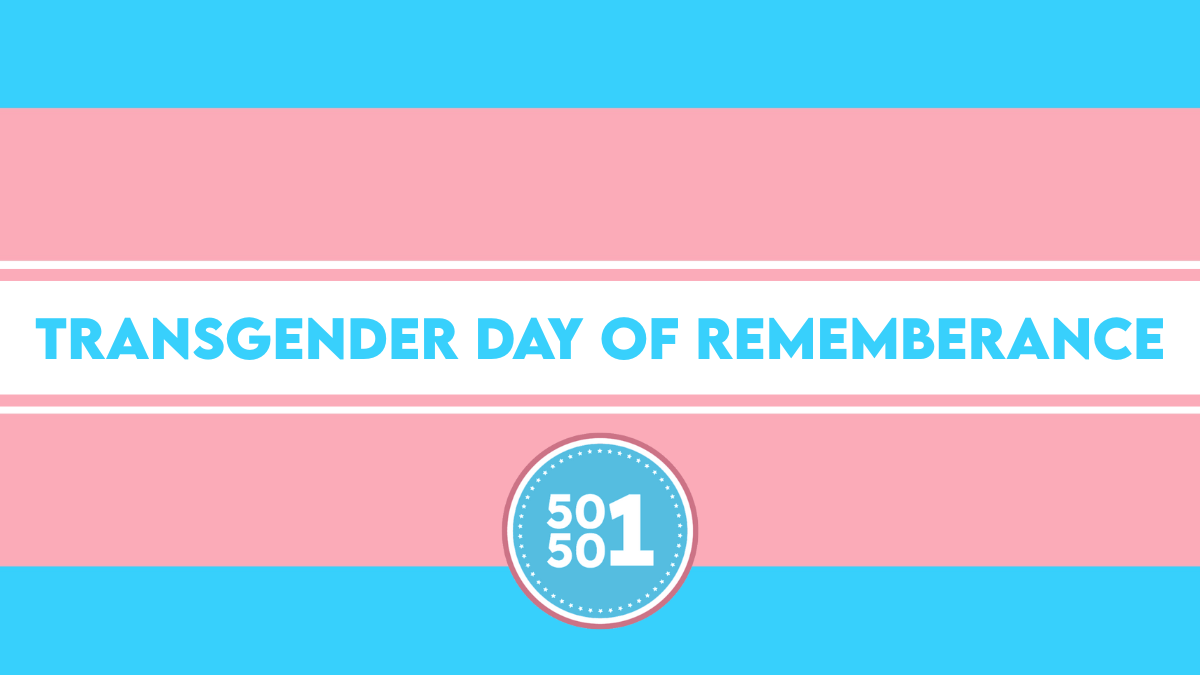
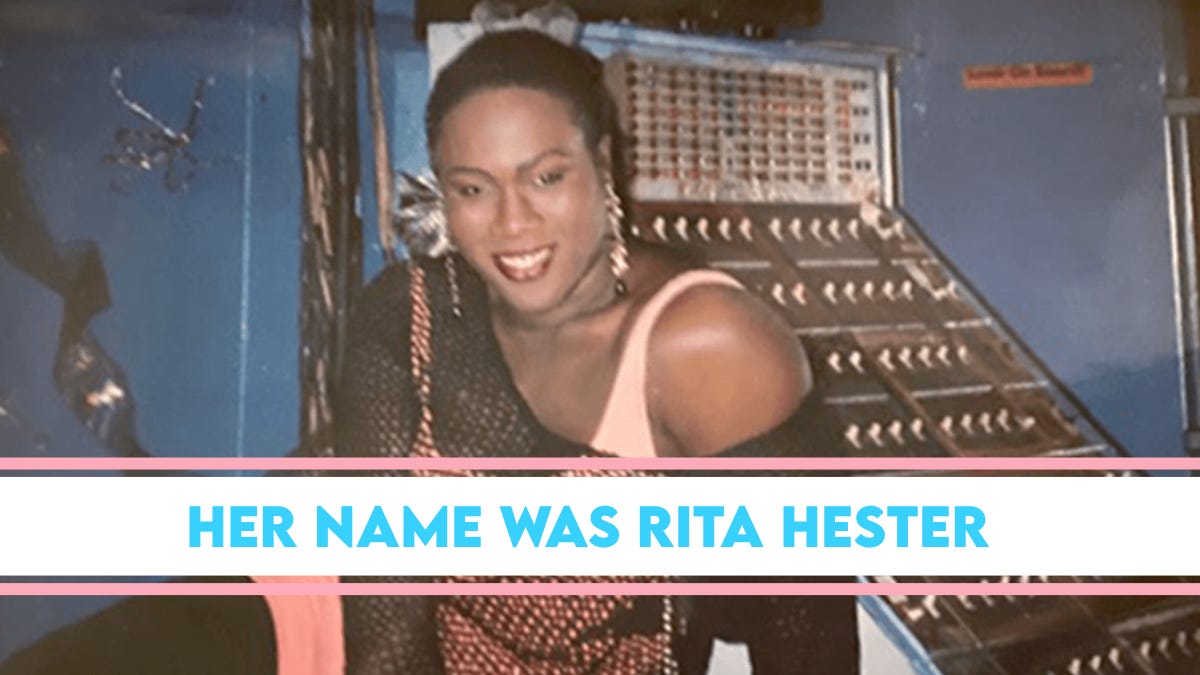
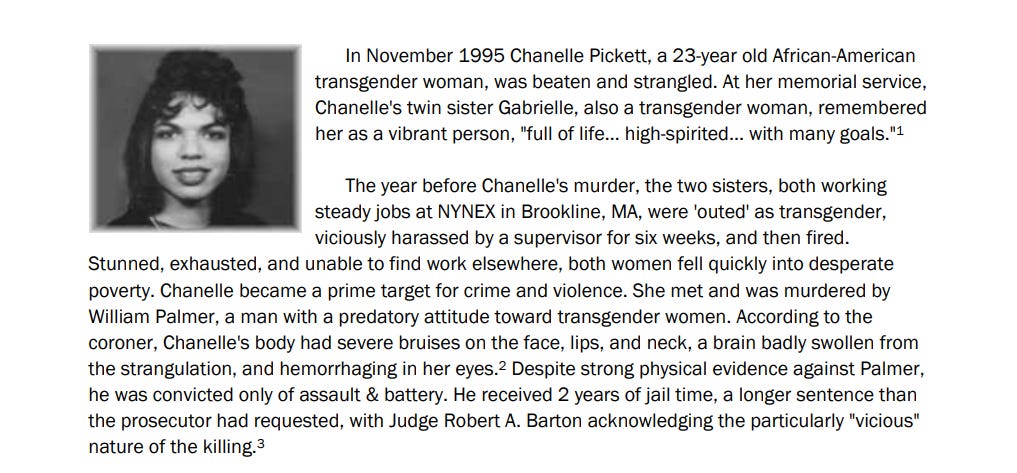
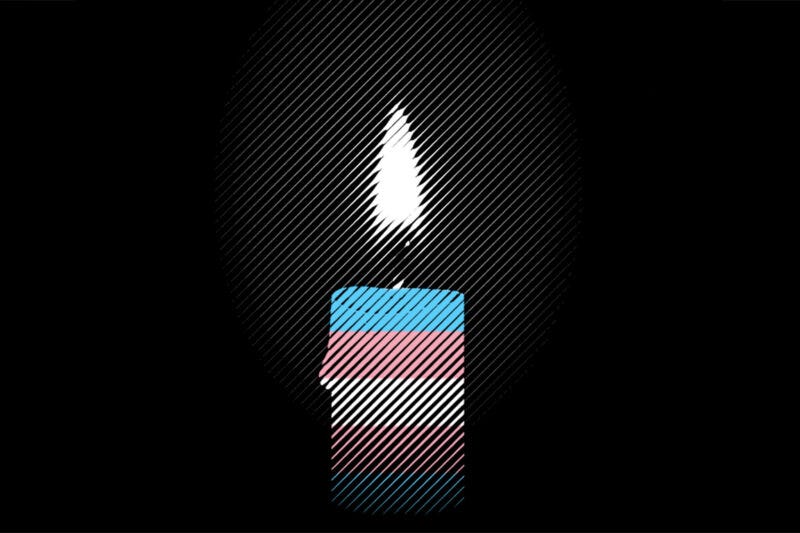



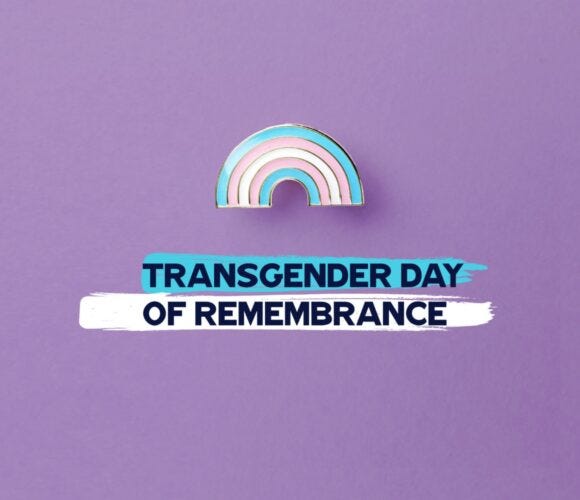
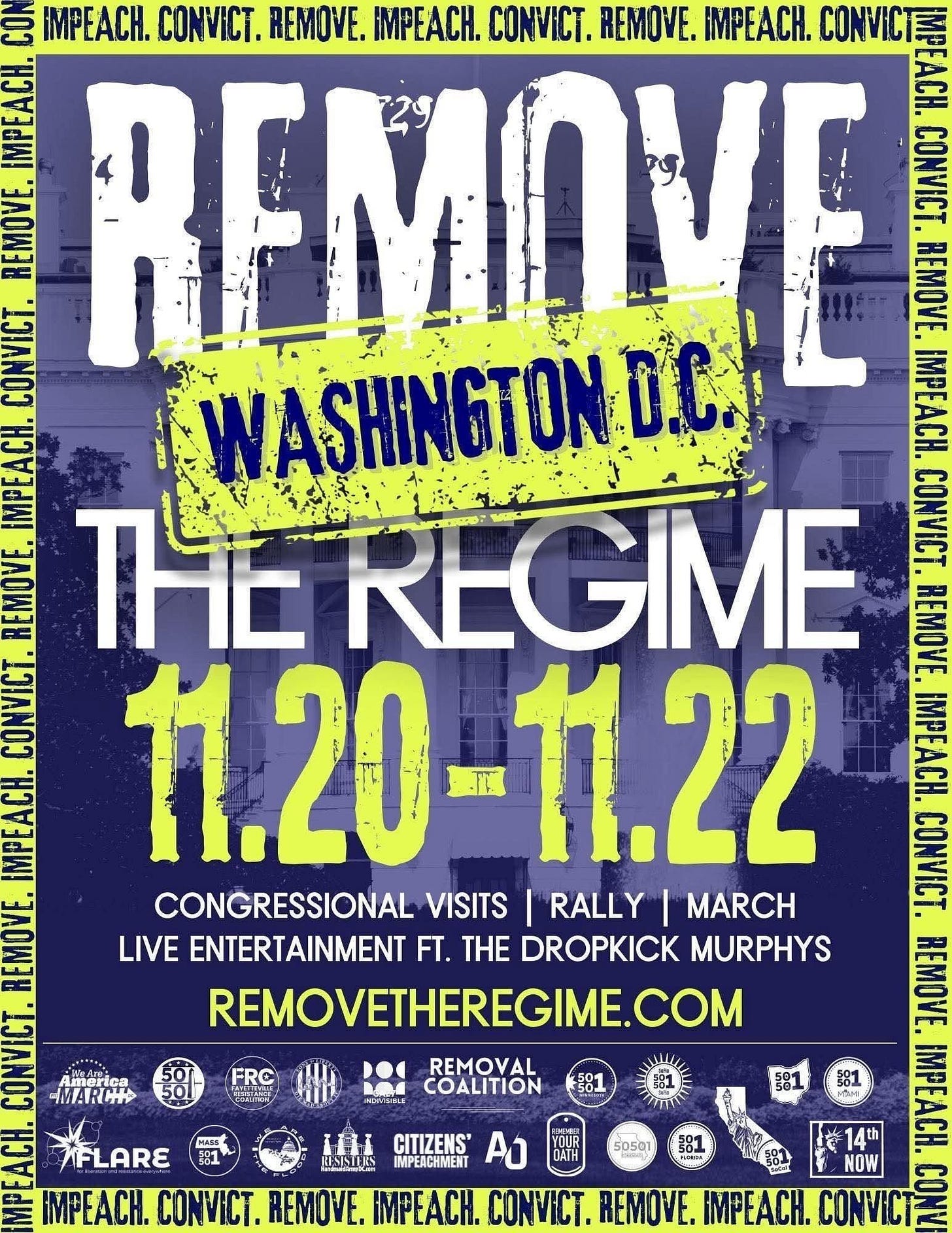

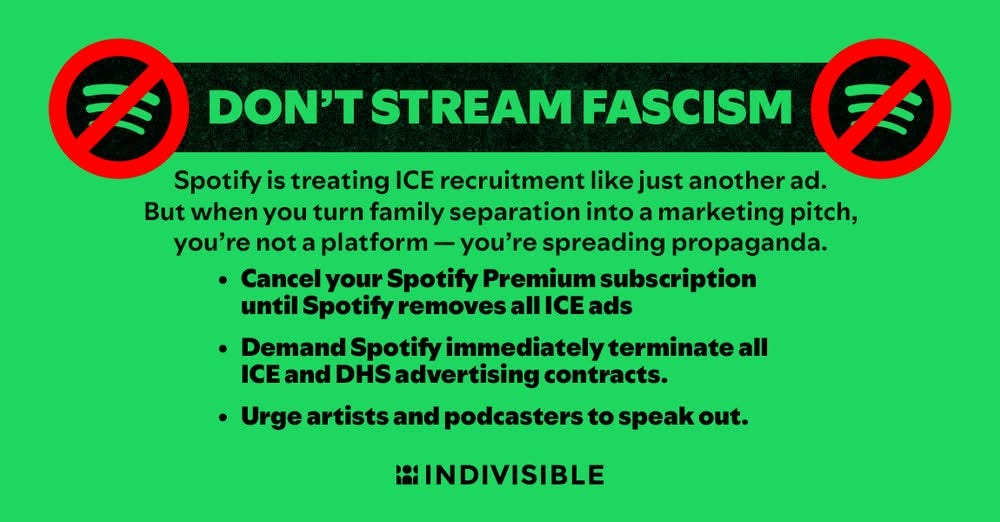
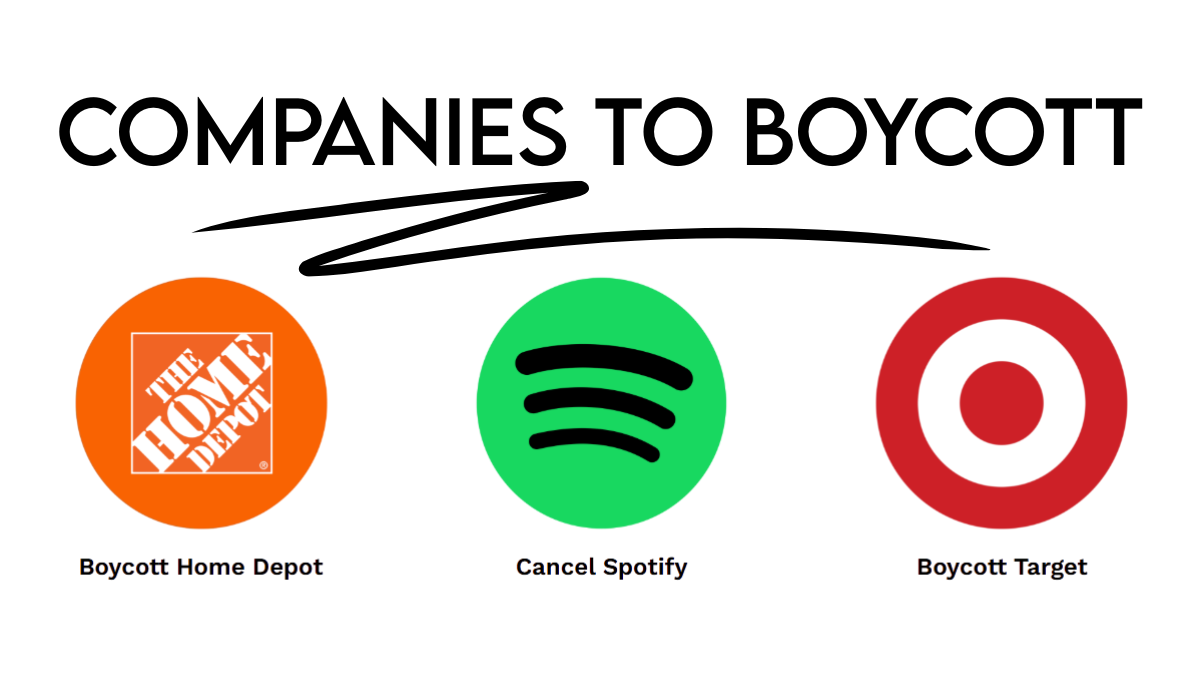

Thank you. Attended a TDOR service at my church last night. The loss of life is devastating. So many promising young lives cut short.
👏👏👏💔😟 Love, not hate 🌈🏳️⚧️⚧️❤️☮️